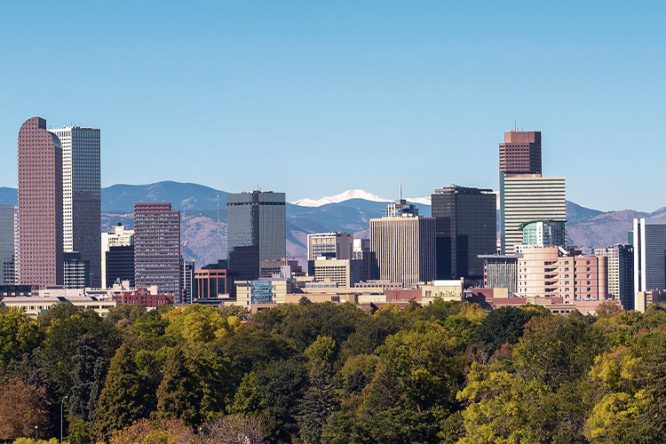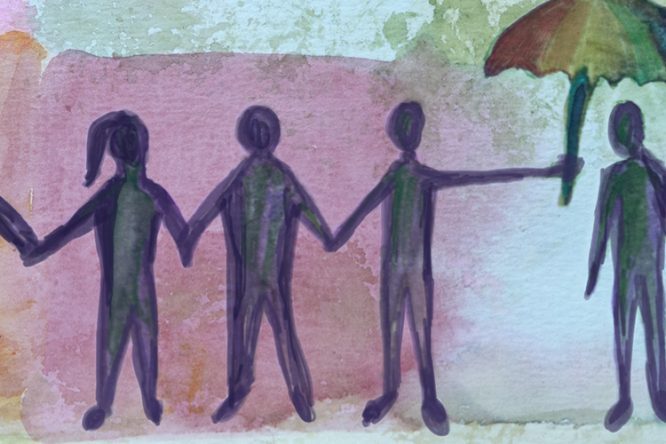Guest Post by Tasha Saca, Associate Executive Director, Florida Presbyterian Homes
Recently, Hurricane Ian, the fifth deadliest storm to ever hit the country, made landfall in southwest Florida. Our community, Florida Presbyterian Homes, is located in central Florida, which means we were very fortunate overall in comparison to other areas that were directly hit. Because our campus is equipped with generators, most of the community kept power. The only residences that lost electricity were 115 residential living homes, which had no power for three days due to outages in the area.
In addition to power issues, the other consequence we suffered was debris from falling trees littering our campus. Our landscaping team did a cleanup and an arborist came out to complete the job of cutting down trees.
Having been through this emergency recently, I’d like to offer a few tips for other communities that may experience a disaster like this in the future.
Eight Tips to Keep Your Community Safe
1. You can never be too prepared
- Organize, plan, and stay calm and logical.
- Always have food and water on hand in amounts up to or exceeding American Health Care Association standards.
- Hold meetings with your residents so they know what items to have on hand in case of emergency.
- Send out a survey to residents, asking if they have special needs like electricity for an oxygen machine or refrigeration for medicines.
- Keep your emergency plan up-to-date.
- Know who is on your emergency team, and designate one person to be the communications point for other communities, counties and hospitals seeking disaster relief.
- Mobilize a phone tree so residents can check in with one another
2. Communicate
Communication with residents, staff and families is key to a successful response.
Before the crisis, we invited residents of our independent living neighborhood to come and stay in assisted living, where our generators assured power. While the power was on, we made calls every two hours to check in on people. While the power was off, we made door-to-door visits in pairs of two, one of the people being a nurse who could check on residents’ medical status.
We used Constant Contact to blast out messages to family members, residents and staff via phone, email and text. We posted Polk County Emergency Service updates on our Facebook page. We also called our waitlist members to offer meals and temporary shelter, and do a general wellness check — they really appreciated those efforts.
3. Get the physical plant ready
Before the storm, maintenance prepared our campus by picking up and moving potted plants and outdoor furniture, trimming tree branches, and clearing mulch out of drains.
4. Prioritize needs
First, we made sure we could take in all our independent living residents as well as our emergency team. Then we offered the openings we had left to those from other areas, hospitals and senior communities.
5. Mobilize your emergency team
Make sure you know who is on your team, what area of the community they will serve, and what their duties will be. We had three teams: two teams in staggered shifts and a fresh relief team that came in afterwards. One of the biggest factors for a successful response is making sure everyone knows what their responsibilities are
6. Make sure your emergency team has what they need
Maintenance obtained mattresses and cots for team members and their families and pets. We had food and supplies for them, as well as plastic kiddie pools filled with slices of sod and grass for the pets — so we didn’t have to take them outside in the storm.
7. Keep the special needs of older people in mind
I recommend cots that are up off the ground to shelter older people. Other needs: safe temperatures in rooms, hospital beds in some instances, mobility assistance, electricity for oxygen and CPAP machines, and refrigeration for medicines
8. Learn from your experience and make changes to your plan
Some of the things our community learned during Hurricane Ian:
- During our visits to residents, we passed out grab-and-go bags with sandwiches and cookies, but we would have liked to have bags of ice to give out as well.
- Next time, we will make toiletry kits for residents staying in the main building — so they don’t have to worry about bringing shampoo and other necessities.
- We will implement Hurricane Kickoff Week to educate and prepare residents and mobilize neighborhood champions.
- One resident suggested we set up a community kitchen area, so residents can bring food from their refrigerator and have staff cook it for them.
- We would have liked to have a person just to sit and answer the phone — our emergency team will now have a designated person in that role.
I hope you’ve found this advice helpful. And I want to stress the positive aspects of sheltering from the hurricane together. Residents were overjoyed and grateful that all the staff pitched in to help. Staff from different departments worked side by side. It was an incredible bonding experience for everyone.



